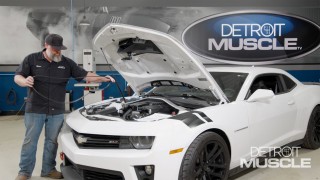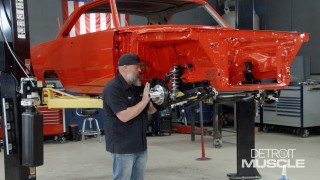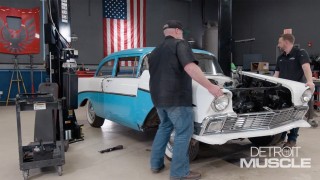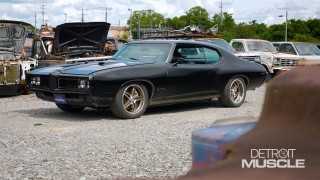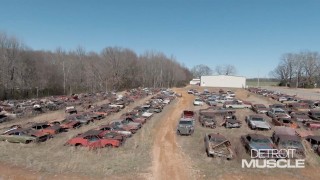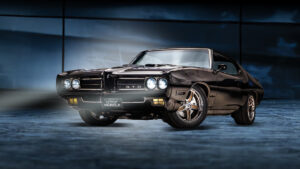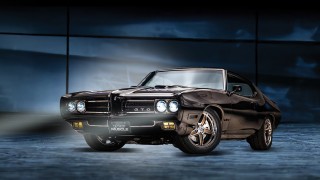
Detroit Muscle Gets a History Lesson at the Henry Ford Museum
Tommy and Marc take us on an automotive history lesson at the largest indoor-outdoor museum complex in the U.S., the Henry Ford Museum in Dearborn Michigan.
Season 6
Episode 22
Hosts: Tommy Boshers, Marc Christ
First Air Date: November 24, 2019
Duration: 20 minutes 23 seconds

